Safety and Protection Measures of Underground Non-Coal Mines with Mining Depth over 800 m: A Case Study in Shandong, China
Abstract
1. Introduction
2. Basic Situation of Mines
2.1. Geological Condition
2.2. Production Situation
3. Present Situation of Deep Ground Pressure in Non-coal Mines
3.1. Regional Tectonic Stress Level
- (1)
- The principal vertical stress increases nearly linearly with the increase in coring depth, which is consistent with the buried depth’s dead weight stress (Figure 7).
- (2)
- The in situ stress in the borehole is located mainly in horizontal tectonic stress. In the different depths of the boreholes, the maximum stress is the horizontal maximum principal stress, and the intermediate principal stress is the vertical stress. With the increase in the borehole depth, the dominant role of the horizontal tectonic stress field weakens, and the effect of the self-weight stress field tends to increase, as shown in Figure 8.
- (3)
- The horizontal maximum principal stress increases with the increase in hole depth. It is worth noting that the maximum principal stress shows a sudden increase at −1050 m, reaching 41.83 MPa (higher than the stress value of −1150 m and −1250 m at greater depths). This indicates an unstable local change in the maximum principal stress of this area.
- (4)
- The azimuth of the maximum horizontal principal stress at different depths is consistent; all values are along the NWW~SEE direction, between N95° E and N111° E, as shown in Figure 9. This shows that the location of the new shaft of the Xincheng Gold Mine is consistent with its geological structure and the orientation of the maximum principal stress measured by many scientific institutions above its −950 m elevation.
- (5)
3.2. Deep Ground Pressure Appearance
3.3. Control Measures of Deep Ground Pressure
3.4. Risk of Rockburst in Deep Mines
4. Problems Existing in the Mines
4.1. The Deep Development System Is Complex
4.2. Lack of Rock Mechanics Data in Most Deep Mines
4.3. Some Support Engineering in Deep Mining Is Unsuitable and Not in Place
4.4. The Ground Pressure Monitoring System Lacks Maintenance, and the Early Warning Ability Is Poor
4.5. The Temperature in the Deep Mine Is High, the Humidity Exceeds the Standard, and the Ventilation System Is Not Perfect
4.6. The Intelligence Level of Deep Mine Is Poor
5. Prevention and Control Countermeasures and Suggestions
5.1. Establish and Improve the Working Organization and System of Safety Risk Prevention in Deep Mining
5.2. Comprehensively Consider the Planning and Layout and Optimize the System Layout as a Whole
5.3. Start the Work of Mine Rock Mechanics and Establish the Working System of Rock Mechanics
5.4. Carry Out Ground Pressure Investigation
5.5. Test and Evaluate the Tendency of Rockburst
5.6. Strengthen the Maintenance and Management of the Online Monitoring System of Ground Pressure
5.7. Establishment of a Unified Ground Pressure Monitoring and Early Warning Platform
5.8. Innovate the Concept of Support Methods
5.9. Strengthen Cooling Measures
5.10. Improve the Intelligent Level of Deep Mining
6. Conclusions
- (1)
- There are no large-scale ground pressure behaviors in underground non-coal mines with a mining depth of more than 800 m in Shandong province. No destructive ground pressure accidents have occured, indicating they are still in the early stages of ground pressure disasters, and rock mass instability can be controlled by strengthening support. However, with the increase in mining depth, the rockburst risk rises, and the support work becomes difficult, so it is necessary to strengthen scientific study and explore effective control measures.
- (2)
- All the mines with normal production and construction have built ground pressure online monitoring systems. However, few systems can play an effective role in monitoring and early warning. Hence, it is necessary to strengthen the maintenance and management of the ground pressure monitoring system and establish a unified ground pressure monitoring and early warning platform for the whole province. The safety facilities of each mine meet the needs of safe production. However, their maintenance and management in the operation process need to be further strengthened, and the level of intelligence needs to be improved.
- (3)
- The phenomena of high temperatures and high humidity in the deep mines are relatively common, and cooling can be achieved by strengthening ventilation at the current mining depth. Each mine needs to improve its ventilation systems further, strengthen ventilation management, and adopt local cooling if necessary.
- (4)
- The construction of safety facilities in a few of the surveyed gold mines is similar to that of international mines with high development levels, but other mines can only meet the minimum requirements. It is necessary to introduce advanced digital intelligent mine technology, such as ground pressure monitoring and early warning systems, as well as big data platforms for upgrading and transforming mine construction in the future.
Author Contributions
Funding
Data Availability Statement
Conflicts of Interest
References
- Chen, W.; Geng, Y.; Hong, J.L.; Dong, H.J.; Cui, X.W.; Sun, M.X.; Zhang, Q. Life cycle assessment of gold production in China. J. Clean Prod. 2018, 179, 143–150. [Google Scholar] [CrossRef]
- Lu, J.; Xie, H.P.; Li, M.H.; Li, C.B.; Gao, M.Z.; Shang, D.L.; Li, J.H. Effect of microwave radiation on mechanical behaviors of tight fine sandstone subjected to true triaxial stress. Int. J. Rock Mech. Min. 2022, 10, 5063–5078. [Google Scholar] [CrossRef]
- Deng, J.; Yang, L.Q.; Li, R.H.; Groves, D.I.; Santosh, M.; Wang, Z.L.; Sai, S.X.; Wang, S.R. Regional structural control on the distribution of world-class gold deposits: An overview from the giant Jiaodong gold province, China. Geol. J. 2019, 54, 378–391. [Google Scholar] [CrossRef]
- Yu, X.F.; Yang, D.P.; Li, D.P.; Shan, W.; Xiong, Y.X.; Chi, N.J.; Liu, P.R.; Yu, L.H. Mineralization characteris-tics and geological significance in 3000 m depth of Jiaojia gold metallogenic belt, Jiaodong Peninsula. Acta. Petrol. Sin. 2019, 35, 2893–2910. [Google Scholar]
- Liu, S.M.; Li, X.L.; Wang, D.K.; Zhang, D.M. Investigations on the mechanism of the microstructural evolution of different coal ranks under liquid nitrogen cold soaking. Energ. Source Part A. 2020, 10, 1–17. [Google Scholar] [CrossRef]
- Sai, S.X.; Qiu, K.F. Ore-forming processes of the Rushan gold deposit, Jiaodong: Fluid immiscibility in-duced by episodic fluid pressure fluctuations. Acta. Petrol. Sin. 2020, 36, 1547–1566. [Google Scholar]
- Cheng, N.N.; Hou, Q.L.; Shi, M.Y.; He, M.; Liu, Q. New insight into the genetic mechanism of shear zone type gold deposits from Muping-Rushan metallogenic belt (Jiaodong Peninsula of eastern China). Minerals 2019, 9, 775. [Google Scholar] [CrossRef]
- Wu, N.; Liang, Z.Z.; Zhang, Z.H.; Li, S.H.; Lang, Y.X. Development and verification of three-dimensional equivalent discrete fracture network modelling based on the finite element method. Eng. Geol. 2022, 306, 6759–6772. [Google Scholar] [CrossRef]
- Wang, S.; Li, X.L.; Qin, Q.Z. Study on surrounding rock control and support stability of Ultra-large height mining face. Energies 2022, 15, 6811. [Google Scholar] [CrossRef]
- Zhou, X.M.; Wang, S.; Li, X.L. Research on theory and technology of floor heave control in semicoal rock roadway: Taking Longhu coal mine in Qitaihe mining area as an Example. Lithosphere 2022, 11, 988–999. [Google Scholar] [CrossRef]
- Liu, G.; Ma, F.S.; Zhao, H.J.; Li, G.; Cao, J.Y.; Guo, J. Study on the fracture distribution law and the influence of discrete fractures on the stability of roadway surrounding rock in the Sanshandao coastal gold mine, China. Sustainability 2019, 11, 2758. [Google Scholar] [CrossRef]
- Qin, Z.C.; Cao, B.; Liu, Y.L.; Li, T. Study on in situ stress measurement and surrounding rock control tech-nology in deep mine. Geofluids 2020, 6, 8839333. [Google Scholar]
- Li, T.; Gong, H.; Xu, G.L. Study on the influence of in situ stress distribution on the stability of roadway surrounding rock. Adv. Civ. Eng. 2021, 21, 523–534. [Google Scholar] [CrossRef]
- Li, P.; Cai, M.F.; Guo, Q.F.; Miao, S.J. In situ stress state of the northwest region of the Jiaodong Peninsula, China from overcoring stress measurements in three gold mines. Rock Mech. Rock Eng. 2019, 52, 4497–4507. [Google Scholar] [CrossRef]
- Kong, X.G.; He, D.; Liu, X.F.; Wang, E.Y.; Li, S.G.; Liu, T.; Ji, P.F.; Deng, D.Y.; Yang, S.R. Strain characteristics and energy dissipation laws of gas-bearing coal during impact fracture process. Energy 2022, 242, 3028–3040. [Google Scholar] [CrossRef]
- Chang, J.C.; He, K.; Yin, Z.Q.; Li, W.F.; Li, S.H.; Pang, D.D. Study on the instability characteristics and bolt support in deep mining roadways based on the surrounding rock stability index: Example of pansan coal mine. Adv. Civ. Eng. 2020, 5, 8855335. [Google Scholar] [CrossRef]
- Shen, W.L.; Shi, G.C.; Wang, Y.; Bai, J.B.; Zhang, R.F.; Wang, X.Y. Tomography of the dynamic stress coeffi-cient for stress wave prediction in sedimentary rock layer under the mining additional stress. Int. J. Min. Sci. Techno. 2021, 31, 653–663. [Google Scholar] [CrossRef]
- Liu, H.Y.; Zhang, B.Y.; Li, X.L. Research on roof damage mechanism and control technology of gob-side entry retaining under close distance gob. Eng. Fail. Anal. 2022, 138, 6331–6345. [Google Scholar] [CrossRef]
- Kong, X.G.; Li, S.G.; Wang, E.Y.; Wang, X.; Zhou, Y.X.; Ji, P.F.; Shuang, H.Q.; Li, S.R.; Wei, Z.Y. Experimental and numerical investigations on dynamic mechanical responses and failure process of gas-bearing coal under impact load. Soil Dyn. Earthq. Eng. 2021, 142, 6579–6591. [Google Scholar] [CrossRef]
- Yokota, Y.; Zhao, Z.Y.; Nie, W.; Date, K.; Iwano, K.; Koizumi, Y.; Okada, Y. Development of a new defor-mation-controlled rock bolt: Numerical modelling and laboratory verification. Tunn. Undergr. Space Technol. 2020, 98, 3305–3318. [Google Scholar] [CrossRef]
- Qiu, L.; Liu, Z.; Wang, E.; He, X.; Feng, J.; Li, B. Early-warning of rock burst in coal mine by low-frequency electromagnetic radiation. Eng. Geol. 2020, 279, 5755–5765. [Google Scholar] [CrossRef]
- Li, X.L.; Chen, S.J.; Wang, S. Study on in situ stress distribution law of the deep mine taking Linyi mining area as an example. Adv. Mater. Sci. Eng. 2021, 9, 5594181. [Google Scholar] [CrossRef]
- Li, X.L.; Cao, Z.Y.; Xu, Y.L. Characteristics and trends of coal mine safety development. Energy Sources Part A 2020, 12, 1–19. [Google Scholar] [CrossRef]
- Fan, C.J.; Yang, L.; Wang, G.; Huang, Q.M.; Fu, X.; Wen, H.O. Investigation on coal skeleton deformation in CO2 injection enhanced CH4 drainage from underground coal seam. Front. Earth Sci. 2021, 12, 6011–6022. [Google Scholar] [CrossRef]
- Chen, S.J.; Zhang, J.C.; Yin, D.W.; Cheng, X.Z.; Jiang, N. Relative permeability measurement of coal microchannels using advanced microchip technology. Fuel 2022, 312, 2633–2646. [Google Scholar] [CrossRef]
- Sun, X.M.; Zhao, C.W.; Tao, Z.G.; Kang, H.W.; He, M.C. Failure mechanism and control technology of large deformation for Muzhailing Tunnel in stratified rock masses. Bull. Eng. Geol. Environ. 2021, 80, 4731–4750. [Google Scholar] [CrossRef]
- Fan, C.J.; Wen, H.O.; Li, S.; Bai, G.; Zhou, L.J. Coal seam gas extraction by integrated drillings and punch-ings from floor roadway considering hydraulic-mechanical coupling effect. Geofluids 2022, 10, 1155–1165. [Google Scholar]
- Yin, D.W.; Chen, S.J.; Sun, X.Z. Effects of interface angles on properties of rock-cemented coal gangue-fly ash backfill bi-materials. Geomech. Eng. 2021, 24, 81–89. [Google Scholar]
- Li, X.L.; Chen, S.J.; Zhang, Q.M.; Gao, X.; Feng, F. Research on theory, simulation and measurement of stress behavior under regenerated roof condition. Geomech. Eng. 2021, 26, 49–61. [Google Scholar]
- Li, X.L.; Chen, S.J.; Liu, S.M.; Li, Z.H. AE waveform characteristics of rock mass under uniaxial loading based on hilbert-huang transform. J. Cent. South Univ. 2021, 28, 1843–1856. [Google Scholar] [CrossRef]
- Ghorbani, M.; Shahriar, K.; Sharifzadeh, M.; Masoudi, R. A critical review on the developments of rock support systems in high stress ground conditions. Int. J. Min. Sci. Technol. 2020, 30, 555–572. [Google Scholar] [CrossRef]
- Kong, X.G.; Wang, E.Y.; Li, S.G.; Lin, H.F.; Xiao, P.; Zhang, K.Z. Fractals and chaos characteristics of acoustic emission energy about gas-bearing coal during loaded failure. Fractals 2019, 27, 195–206. [Google Scholar] [CrossRef]
- Ma, C.D.; Li, X.B.; Chen, J.Z.; Zhou, Y.N.; Gao, S. Geological core ground reorientation technology applica-tion on in situ stress measurement of an over-kilometer-deep shaft. Adv. Civ. Eng. 2020, 20, 8830593. [Google Scholar]
- Cheng, L.; Wang, C.L.; Wang, X.; Chen, K.X. Stability analysis of surrounding rock of large section ul-tradeep shaft wall. Adv. Mater. Sci. Eng. 2021, 9, 4391759. [Google Scholar]
- Yang, C.; Zhou, K.P.; Li, Z.C.; Xiong, X.; Lin, Y.; Luo, Z.W. Numerical modeling on the fracturing and energy evolution of large deep underground openings subjected to dynamic disturbance. Energies 2020, 13, 6102. [Google Scholar] [CrossRef]
- Yin, D.W.; Chen, S.J.; Ge, Y. Mechanical properties of rock-coal bi-material samples with different lithologies under uniaxial loading. Jmr. T. J. Mater. Res. Technol. 2021, 10, 322–338. [Google Scholar] [CrossRef]
- Wu, W.D.; Bai, J.B.; Feng, G.R.; Wang, X.Y. Investigation on the mechanism and control methods for roof collapse caused by cable bolt shear rupture. Eng. Fail. Anal. 2021, 130, 5724–5740. [Google Scholar] [CrossRef]
- Fu, M.X.; Liu, S.W.; Jia, H.S.; He, D.Y. Experimental study of an orientation and resin-lifting device for improving the performance of resin-anchored roof bolts. Rock Mech. Rock Eng. 2020, 53, 211–231. [Google Scholar] [CrossRef]
- Liang, W.Z.; Zhao, G.Y.; Wu, H.; Chen, Y. Optimization of mining method in subsea deep gold mines: A case study. Trans. Nonferrous Met. Soc. China 2019, 29, 2160–2169. [Google Scholar] [CrossRef]
- Zhang, C.; Wang, E.; Li, B.; Kong, X.; Xu, J.; Peng, S.; Chen, Y. Laboratory experiments of CO2-enhanced coalbed methane recovery considering CO2 sequestration in a coal seam. Energy 2022, 12, 5473–5488. [Google Scholar] [CrossRef]
- Xie, H.P.; Lu, J.; Li, C.B.; Li, M.H.; Gao, M.Z. Experimental study on the mechanical and failure behaviors of deep rock subjected to true triaxial stress: A review. Int. J. Min. Sci. Technol. 2022, 5, 1–37. [Google Scholar] [CrossRef]

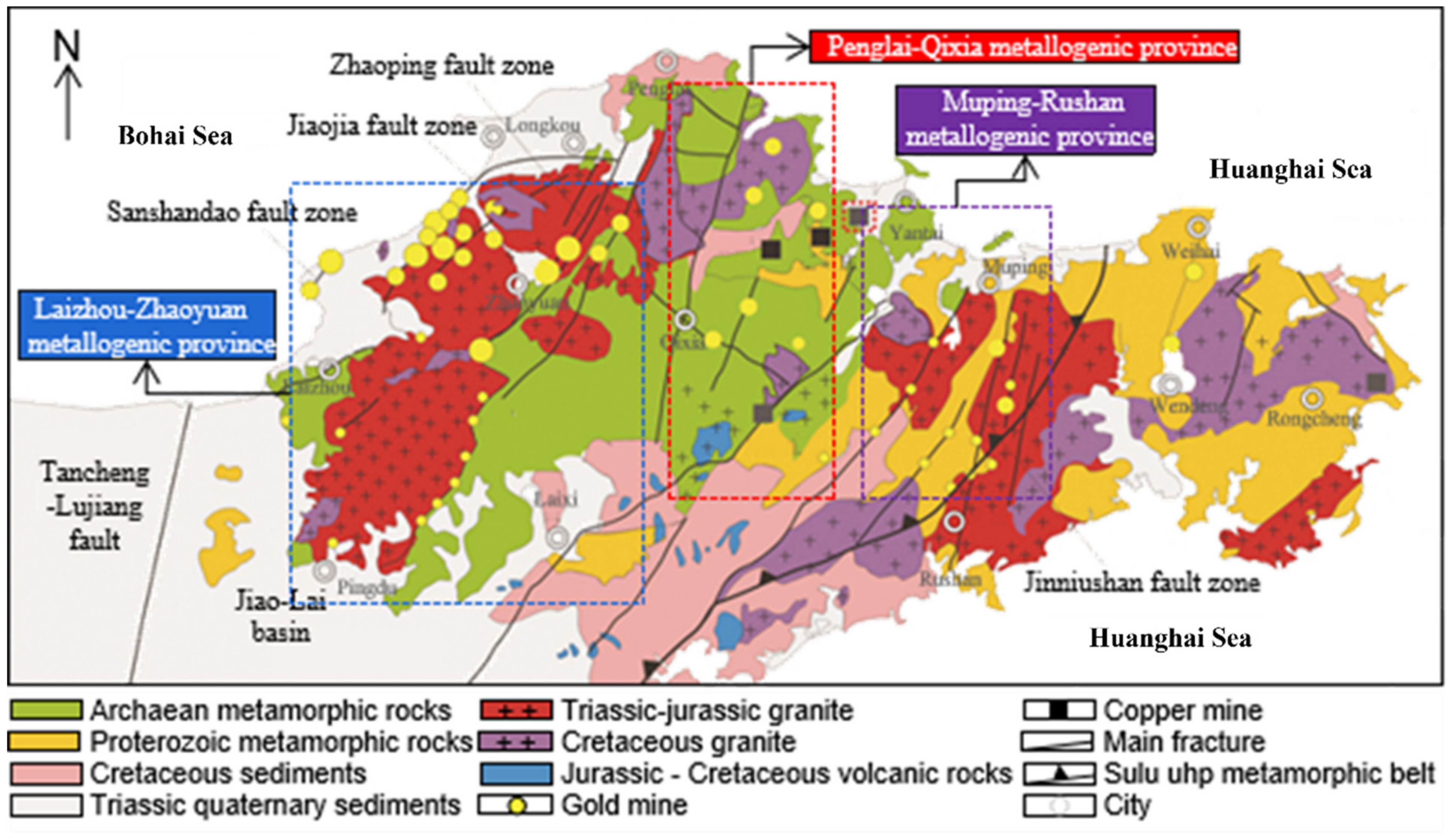

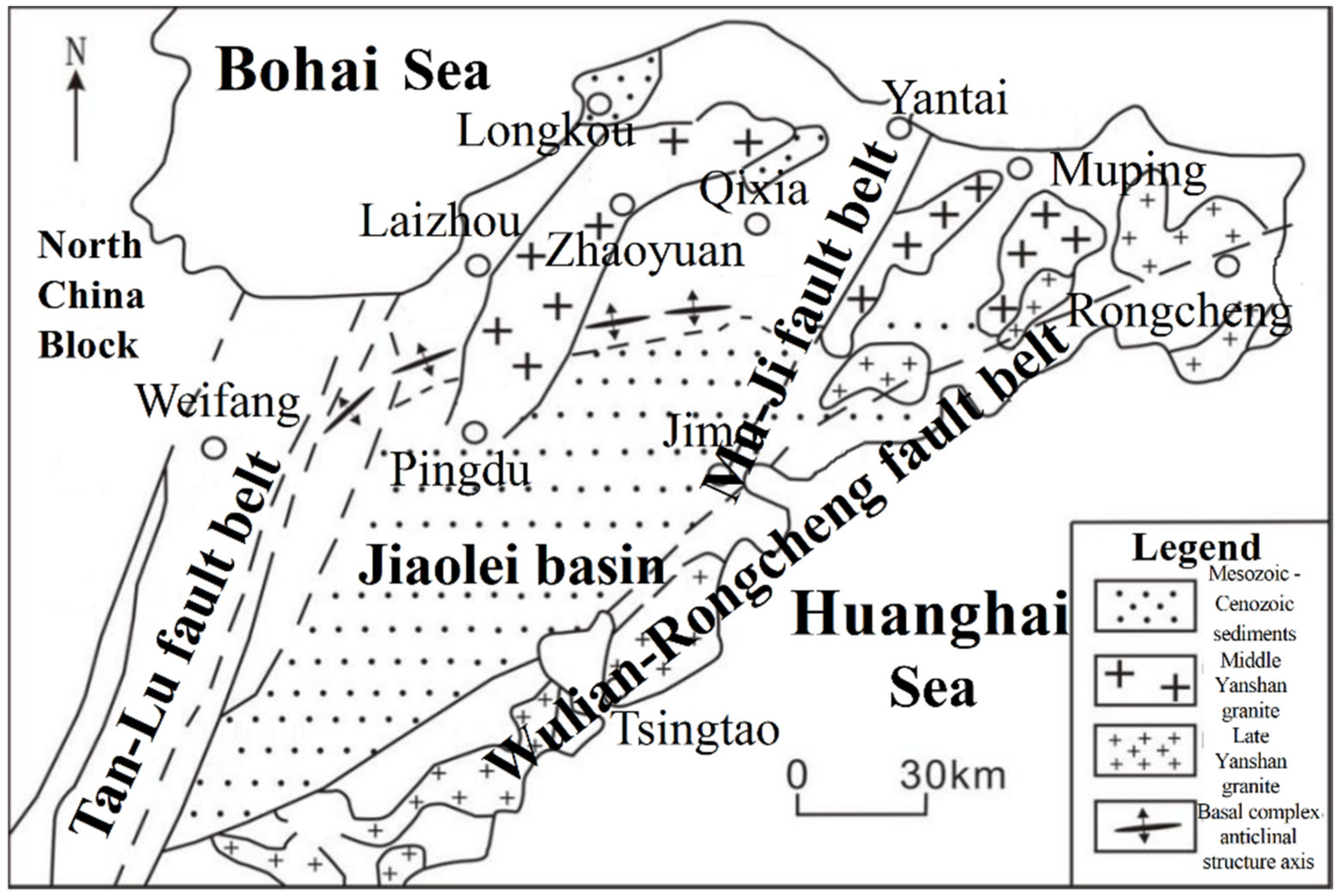


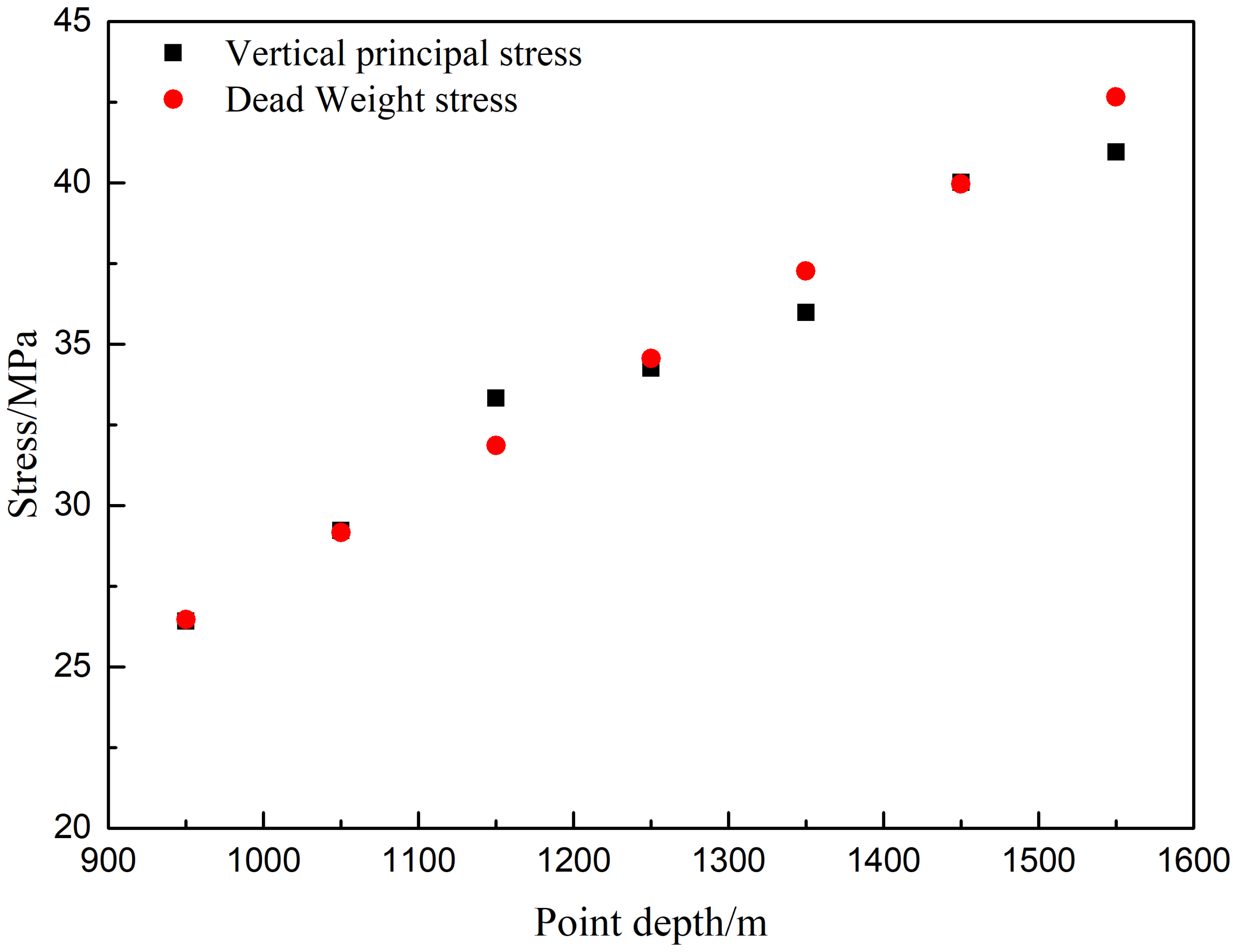
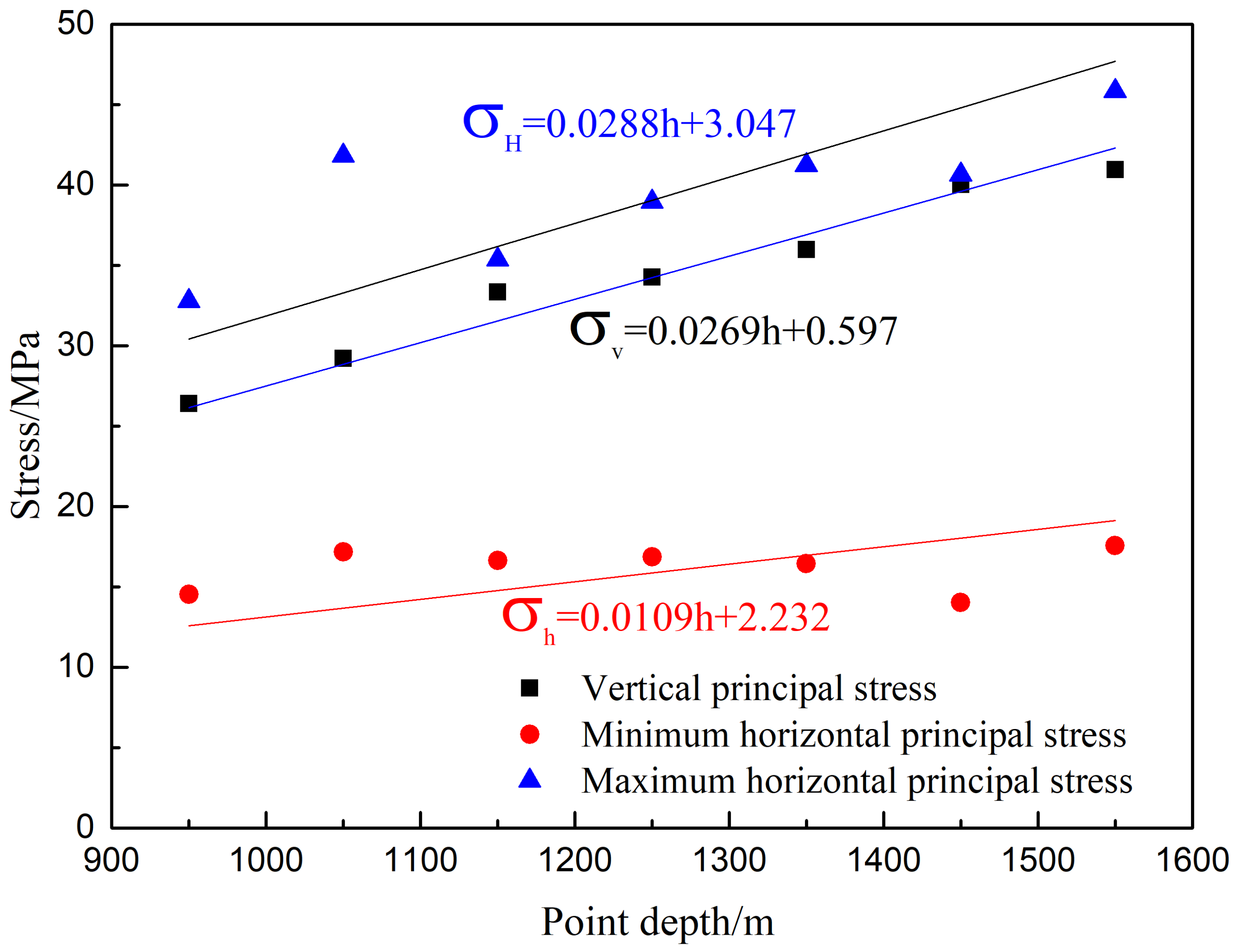
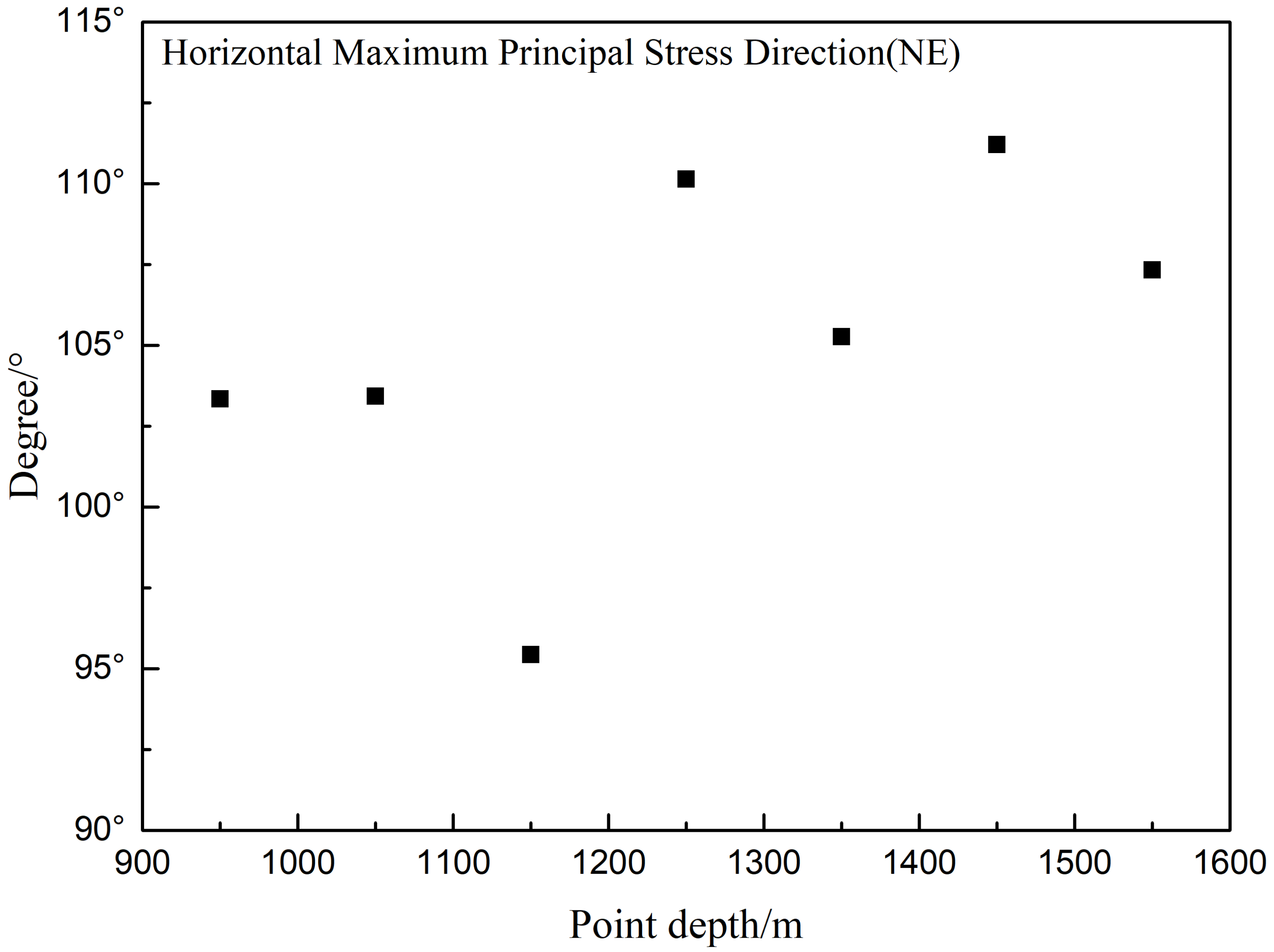
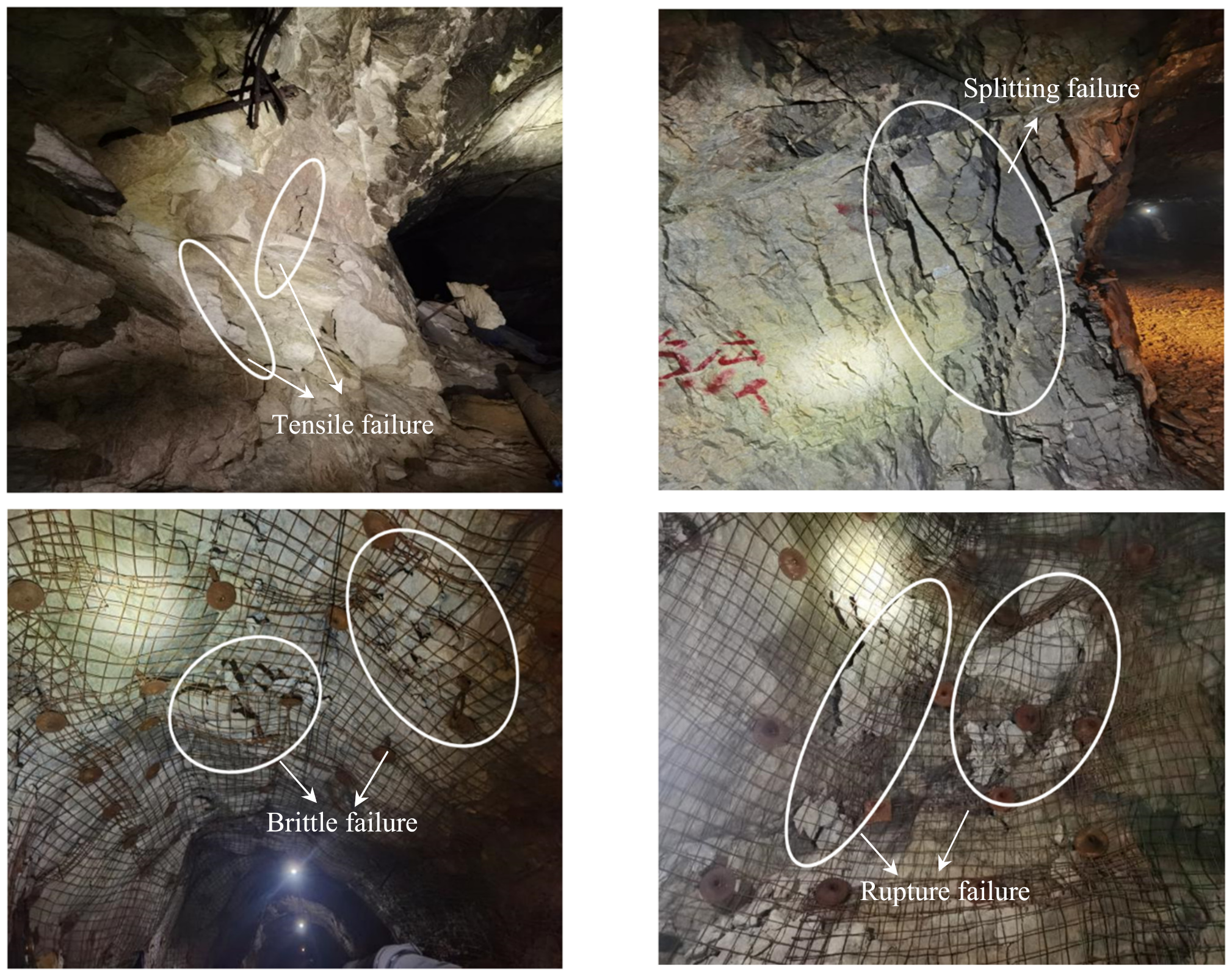
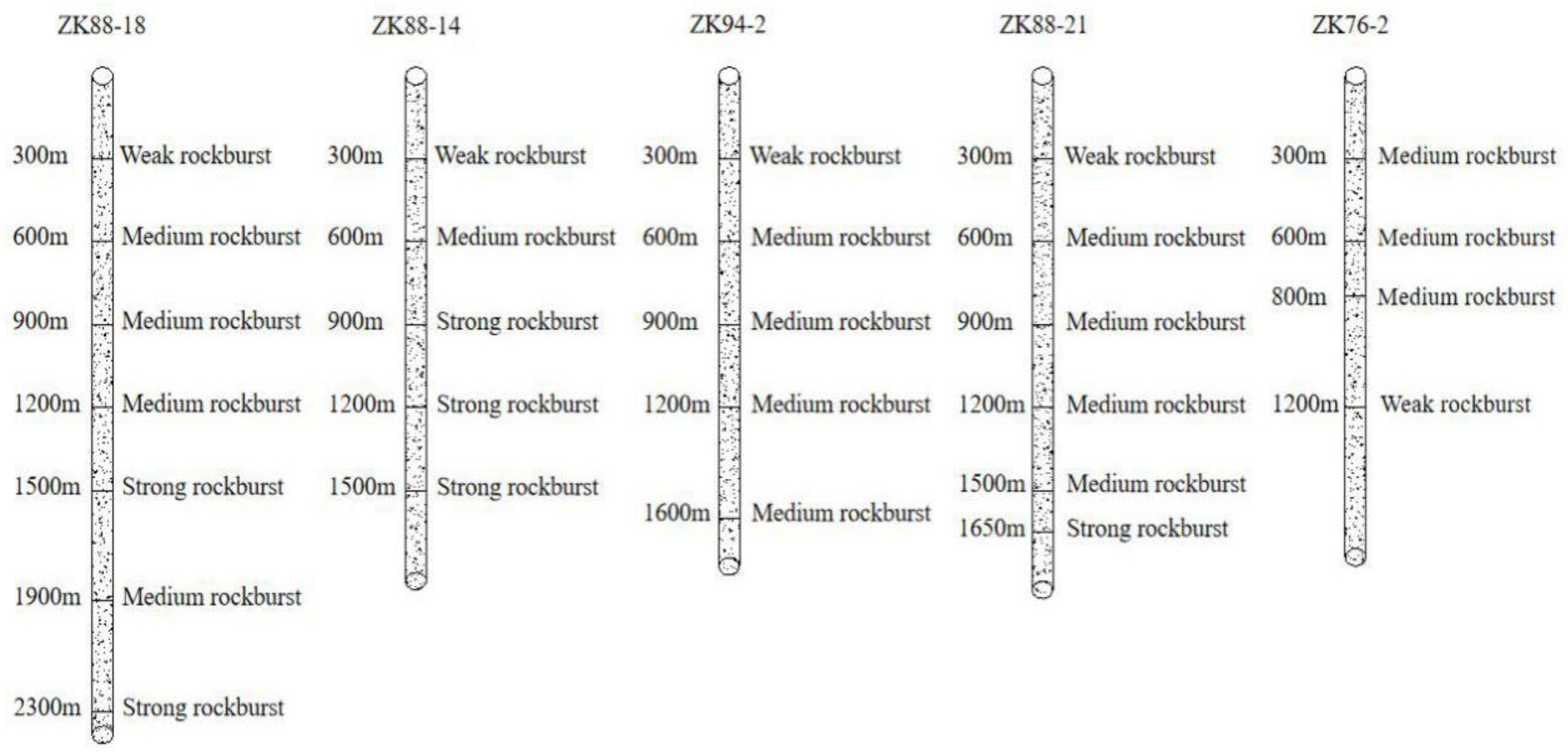
| No | Abbreviation | Location | Owner- Ship | Stage | Status |
|---|---|---|---|---|---|
| 1 | Yantai Baihen Shuangshantun Mine | Muping | Pve | Cst | Nm |
| 2 | Shnajin Jinchuang Yanshan Mine | Penglai | Pvso | Pdt+Cst | Nm |
| 3 | Shanjin Jinchuang Yankou Mine | Penglai | Pvso | Pdt+Cst | Nm |
| 4 | Penglai Menlou Mine | Penglai | Pve | Pdt+Cst | Acd std |
| 5 | Longkou Jintai Damoqujia Mine | Longkou | Pve | Pdt+Cst | Plc std |
| 6 | Shanjin Linglong Jiuqu Mine | Zhaoyuan | Pvso | Pdt | Plc std |
| 7 | Shanjin Dongfeng Mine | Zhaoyuan | Pvso | Pdt | Nm |
| 8 | Zhaojin Xiadian Mine | Zhaoyuan | Cco | Pdt+Cst | Nm |
| 9 | Zhaojin Dayingezhuang Mine | Zhaoyuan | Cco | Pdt+Cst | Nm |
| 10 | Zhaojin Shangzhuang Mine | Zhaoyuan | Cco | Pdt+Cst | Nm |
| 11 | Zhaojin Hedong Mine | Zhaoyuan | Cco | Pdt | Nm |
| 12 | Zhongkuang Lingnan Fifth Mine | Zhaoyuan | Cco | Pdt+Cst | Plc std |
| 13 | Zhongkuang Luoshan Forth Mine | Zhaoyuan | Cco | Pdt+Cst | Plc std |
| 14 | Zhongkuang Fushan Dongfeng Mine | Zhaoyuan | Cco | Pdt | Plc std |
| 15 | Zhaoyuan Jiangjiayao Mine | Zhaoyuan | Tse | Pdt+Cst | Nm |
| 16 | Zhaoyuan Hexi Mine | Zhaoyuan | Tse | Pdt | Nm |
| 17 | ZhaoyuanLingshan Jinhuashan Mine | Zhaoyuan | Tse | Pdt+Cst | Nm |
| 18 | Shanjin Sanshandao Mine | Laizhou | Pvso | Pdt+Cst | Nm |
| 19 | Shanjin Jinzhou Jinqingding Mine | Rushan | Pvso | Pdt+Cst | Nm |
| Measuring Point Depth (m) | Vertical Principal Stress σv (MPa) | Self-Weight Stressσ(MPa) | Maximum Horizontal Principal Stress σH (MPa) | Minimum Horizontal Principal Stress σh (MPa) | Horizontal Maximum Principal Stress Direction θ |
|---|---|---|---|---|---|
| 950 | 26.41 | 26.46 | 32.78 | 14.52 | N103°34′ E |
| 1050 | 29.22 | 29.16 | 41.83 | 17.18 | N103°42′ E |
| 1150 | 33.33 | 31.86 | 35.37 | 16.64 | N95°43′ E |
| 1250 | 34.25 | 34.56 | 38.95 | 16.85 | N110°13′ E |
| 1350 | 35.98 | 37.26 | 41.23 | 16.44 | N105°26′ E |
| 1450 | 40.01 | 39.96 | 40.63 | 14.02 | N111°20′ E |
| 1550 | 40.95 | 42.66 | 45.84 | 17.56 | N107°33′ E |
Publisher’s Note: MDPI stays neutral with regard to jurisdictional claims in published maps and institutional affiliations. |
© 2022 by the authors. Licensee MDPI, Basel, Switzerland. This article is an open access article distributed under the terms and conditions of the Creative Commons Attribution (CC BY) license (https://creativecommons.org/licenses/by/4.0/).
Share and Cite
Cheng, L.; Wu, Q.; Li, H.; Chen, K.; Wang, C.; Liu, X.; Li, X.; Meng, J. Safety and Protection Measures of Underground Non-Coal Mines with Mining Depth over 800 m: A Case Study in Shandong, China. Sustainability 2022, 14, 13345. https://doi.org/10.3390/su142013345
Cheng L, Wu Q, Li H, Chen K, Wang C, Liu X, Li X, Meng J. Safety and Protection Measures of Underground Non-Coal Mines with Mining Depth over 800 m: A Case Study in Shandong, China. Sustainability. 2022; 14(20):13345. https://doi.org/10.3390/su142013345
Chicago/Turabian StyleCheng, Li, Qinzheng Wu, Haotian Li, Kexu Chen, Chunlong Wang, Xingquan Liu, Xuelong Li, and Jingjing Meng. 2022. "Safety and Protection Measures of Underground Non-Coal Mines with Mining Depth over 800 m: A Case Study in Shandong, China" Sustainability 14, no. 20: 13345. https://doi.org/10.3390/su142013345
APA StyleCheng, L., Wu, Q., Li, H., Chen, K., Wang, C., Liu, X., Li, X., & Meng, J. (2022). Safety and Protection Measures of Underground Non-Coal Mines with Mining Depth over 800 m: A Case Study in Shandong, China. Sustainability, 14(20), 13345. https://doi.org/10.3390/su142013345









